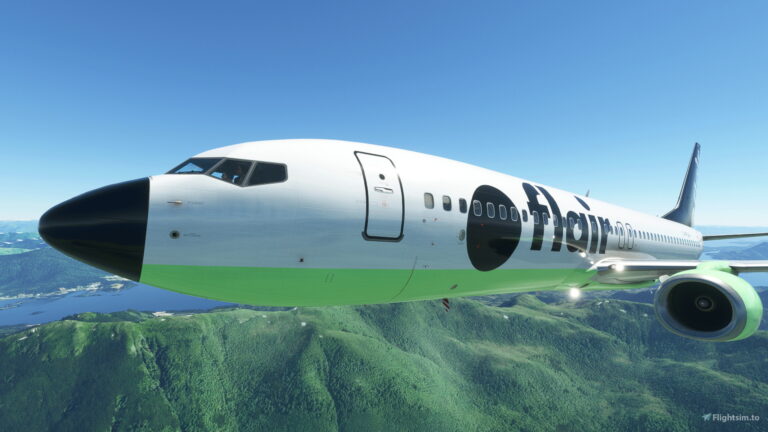
Introduction
The Cessna 550, widely known as the Citation II, represents a significant advancement in the world of business aviation. Introduced in the early 1980s, this twin-engine light jet has become a favorite among corporate and private flyers alike. Its combination of efficiency, range, and performance makes it an worthy choice for those looking to enhance their travel experience.
Specifications and Performance
The Cessna 550 is powered by two Pratt & Whitney Canada JT15D-1A engines, each producing 3,400 pounds of thrust. This powerful configuration allows for a cruising speed of around 400 knots and a maximum range of approximately 1,500 nautical miles, making it suitable for both short and medium-haul flights.
With a typical seating capacity for six to eight passengers, the airplane provides ample cabin space. The citation II features a pressurized cabin allowing the aircraft to operate at altitudes of up to 45,000 feet, which helps optimize fuel efficiency and speed while enhancing passenger comfort.
Current Market and Usage
Today, the Cessna 550 remains popular in the pre-owned market, primarily due to its reliable performance and lower operational costs compared to many newer jets. For small businesses and individual owners, it presents a solid investment. According to the General Aviation Manufacturers Association, the pre-owned Cessna 550 typically retains a competitive resale value, making it an attractive option for buyers looking for quality aircraft without the premium price of new models.
Recent Developments
Interestingly, as of 2023, a focus on sustainability within the aviation sector has prompted many companies to retrofit older jets, including the Cessna 550, with more fuel-efficient engines and modern avionics. This trend showcases a commitment to reducing carbon footprints while benefiting from existing aircraft properly maintained with updated technology.
Conclusion
The Cessna 550 continues to play a crucial role in business aviation, providing users with a reliable platform that melds performance with affordability. As interest in sustainable aviation grows, the adaptations of older aircraft like the Citation II not only prolong their lifespan but also position them uniquely in an evolving market focusing on efficiency and environmental responsibility. The future of the Cessna 550 looks promising, with ongoing demand likely solidifying its place among business jets for years to come.



